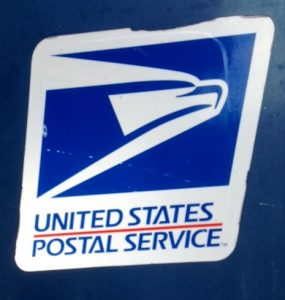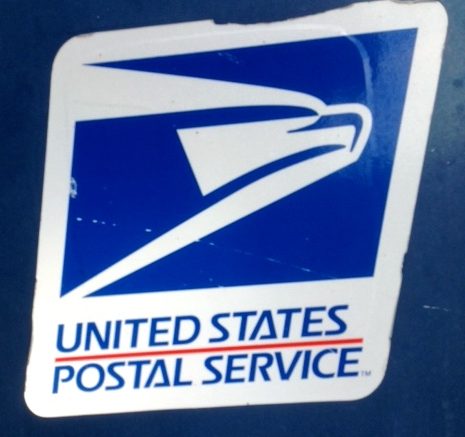
By David Dayen
In These Times (5/2/18)
When Sen. Kirsten Gillibrand (D-N.Y.) introduced legislation last week to establish simple banking services in every U.S. post office, she continued a trend of aspiring Democratic presidential candidates using their perch in Congress to propose big, progressive ideas.
In this case, Gillibrand was aiming to solve a major problem in America of financial inclusion: Over one in four households have little or no access to banking services, causing them to use high-cost alternatives like check-cashing stores or payday lenders, which gouge them with exorbitant fees and create cyclical debt. If the post office, with over 31,000 locations across America and significant trust from citizens, were to offer simple banking services as it did from 1911 to 1967, it could potentially solve the inclusion problem, save billions of dollars for vulnerable populations, and help modernize and stabilize the postal system in an era of electronic communication.
The Campaign for Postal Banking is organizing in the three proposed pilot cities, trying to build mass community support for the programs.
But there’s one thing missing from most of the largely positive coverage of the Gillibrand bill—we already have the building blocks for a postal banking system in the United States ready to go, without the need for authorization from Congress. Or at least we would have it, if the U.S. Postal Service stuck to the promise it made to one of its biggest unions two years ago.
In 2016, the American Postal Workers Union (APWU), representing nearly 200,000 clerks, maintenance workers and other postal employees, engaged in a quiet campaign to make postal banking a reality. They took the concept to the bargaining table in their most recent contract negotiations. “We made the argument that you’re asking for cuts, but you haven’t looked into new ways we can bring in revenue,” says Katherine Isaac of the Campaign for Postal Banking, the APWU’s public coalition for the effort.
In July 2016, the APWU and the Postal Service reached agreement on a contract, and tucked inside was a Memorandum of Understanding (MOU) on “Enhanced and Expanded Services.” The MOU established a joint labor/management task force, required to meet monthly and consider pilot programs for “opportunities to increase revenue that also provide a positive financial contribution.” These included two specific ideas: “modernization of money orders” and “expansion of international money transfers.”
In 2015, the Postal Service sold $21 billion worth of money orders, a secure certified check. In recent years, however, postal office money order usage has fallen off. Modernizing the service, as proposed by the USPS Office of Inspector General, could include selling money orders digitally, enabling person-to-person money transfers online or through mobile phones, or creating prepaid, reloadable credit cards. …

